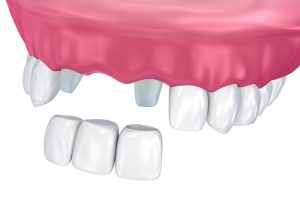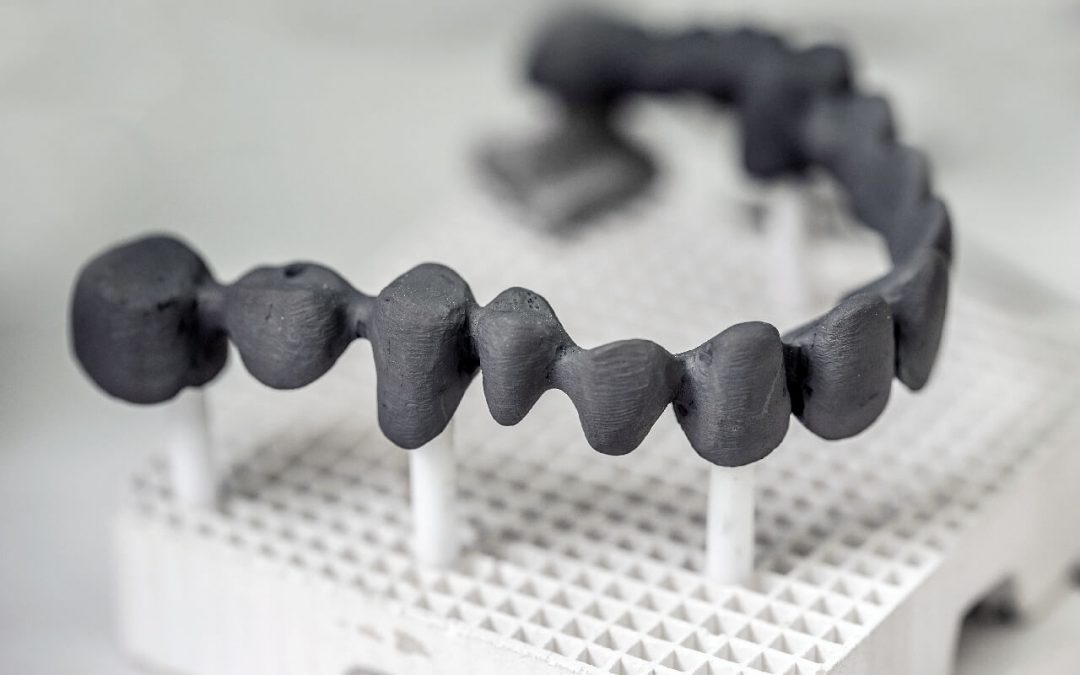In the past, it may not have mattered if people lost their teeth, especially those in the front. Never the less, attempts were made in the past to replace missing teeth, and archeological evidence suggests that indeed people in antiquity did wear “artificial” teeth, and even before dentistry became a profession in the real sense of it, many acted on their behalf, even going as far as replacing missing teeth. In today’s’ world where aesthetics matters, a slight fracture of a tooth is a huge flaw in the mouth.
There are numerous reasons why a tooth could be lost or removed either by the dentist or as a case of an accident. Once a tooth has been deemed fit to go by a dentist, or taken off following trauma or the likes, it becomes a necessity to people to ensure that they get it replaced, if not for any other reason, aesthetics most importantly.
The methods for tooth replacement varies, but these methods can be grouped into the Removable and the Fixed (Non-Removable) Replacements. The removable alternatives are the dentures that are quite popular, and even if you also do not wear one, you will know someone who is wearing one. For Fixed (Non-Removable) Replacements there are two main types: the Dental Bridge and the Dental Implants.
Options for Tooth Replacement
1. Dental Implant: Dental implants have become modern dentistry’s best option for replacing fallen teeth. With dental implants, you have a highly successful, long-lasting, and natural-looking alternative that becomes part of the jawbone and helps maintain its health. The principal reason is that the titanium of which dental implants are made has the unique ability to fuse or “Osseo-integrate” with living bone. There are now more than 40 different types of dental implants, and millions of people worldwide have a better quality of life because of them. Dental implant surgery is usually carried out using local anesthesia, and this operation is a relatively comfortable procedure.
Dental Implants possess numerous advantages over other options of tooth replacement; because a dental implant feels and looks like a regular tooth, it can do wonders for a patient’s self-esteem. Beyond the aesthetics, a dental implant also makes it easier to eat and speak. Also, an implant doesn’t come loose like a denture.
2. Tooth-supported fixed bridge: A common tooth replacement option, the process of adding this type of bridge intentionally damages healthy teeth. Specifically, the procedure involves grinding away healthy, adjacent teeth, then adding a bridge across those teeth to support the crown.

3. Removable partial dentures: Like the full dentures described below, removable partial dentures can also have stability and comfort issues. Sometimes, they affect your speech and eating. Just like other non-implant options, the bone underneath a removable partial denture may deteriorate over time, changing the appearance of one’s smile and face.
4. Complete denture: Often viewed as the low-cost alternative. Perhaps, Complete dentures can be awkward (for instance, they can click in the mouth when one speaks, eats, laughs or coughs), be uncomfortable, and also limit the ability of the individual to taste food fully.

Make an Appointment Today!
NoFrills Dental @ Marina Square
6 Raffles Boulevard,
Marina Square,
#B1-11
Singapore 039594
T: +65 6227 8885
E: marinasquare@nofrillsdental.com.sg
NoFrills Dental @ Suntec City
3 Temasek Boulevard
Suntec City (North Wing)
#03-317
Singapore 038983
Call Us Today
+65 9007 1085


































